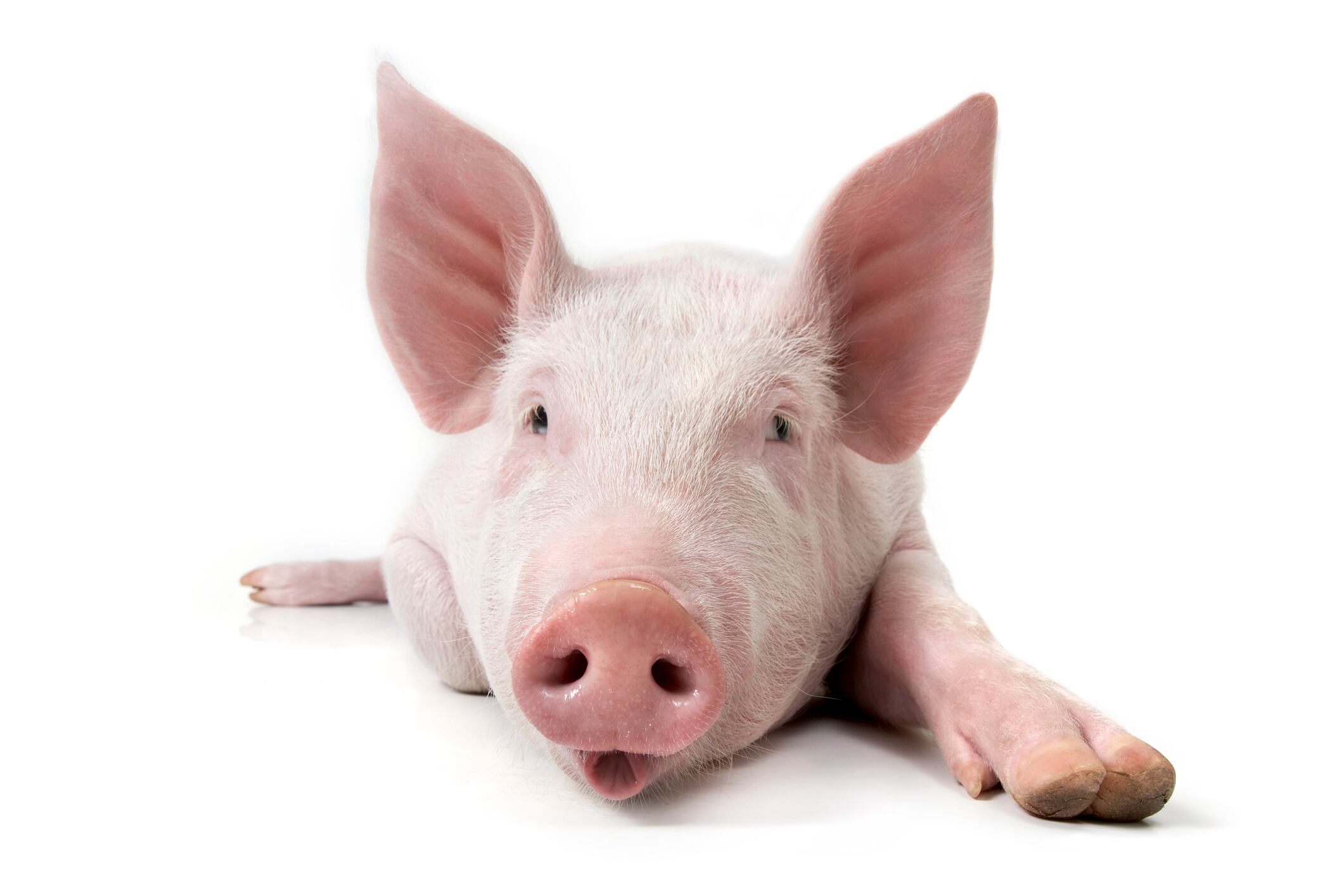The US Food and Drug Administration (FDA) is currently evaluating the safety, and efficacy claims of Genus PIC’s gene-edited pigs resistant to Porcine Reproductive and Respiratory Syndrome (PRRS).
Speaking to this publication at the Animal AgTech Innovation Summit in Dallas earlier this month, Elena Rice, Chief Scientific Officer at Genus, confirmed that all required regulatory filings have been submitted to the FDA. “Our work is done,” she said. “Obviously, when you wait, anything can happen - administration-wise or politically - but we’ve completed our submission.”
Global regulatory strategy in focus
While FDA approval would be a major milestone, it will not automatically trigger commercial rollout in the US or abroad. Regulatory approvals in key pork-export markets - including Mexico, Canada, China, and Japan - remain essential to commercial viability.
“We won’t be broadly commercializing the PRRS-resistant pig in the US until it is approved in Mexico,” Rice emphasized.
PRRS is a significant challenge for Mexican producers, and she expressed optimism about the current Mexican administration’s pro-science stance toward gene editing.
Genus PIC has completed its regulatory dossier for Health Canada and is awaiting a response. Engagements are ongoing with Japan’s Ministry of Agriculture, Forestry and Fisheries (MAFF), and discussions continue with authorities in China.
According to Rice, Chinese producers overwhelmingly favor a PRRS solution over one for African Swine Fever, as PRRS has had a far more devastating economic impact.
In Latin America, the technology has received positive determinations in Colombia and Brazil, though these do not yet permit commercialization. Mexico, meanwhile, has yet to establish a regulatory framework for gene-edited animals, potentially complicating US export dynamics if approval is granted domestically before key trade partners follow suit.
A $2bm global burden
First identified in the US in 1987, PRRS has become one of the most economically damaging diseases in pig production worldwide, costing the global industry an estimated $2bm annually. In the US alone, losses are pegged at $560m each year due to reproductive failure in sows and severe respiratory issues in piglets.
The virus mutates frequently, rendering traditional vaccines only partially effective. “The problem is that vaccines have not really helped; the virus mutated significantly,” said Rice.
A scientific breakthrough years in the making
The PRRS-resistant pig originated from research at the University of Missouri-Columbia and the Roslin Institute, where scientists identified the CD163 protein as the viral entry point. Using CRISPR-Cas9 gene editing, researchers removed the portion of the gene responsible for susceptibility, rendering pigs immune to PRRS without affecting other biological functions.
The technology was subsequently licensed to Genus PIC for development and commercialization. These gene-edited pigs pass the resistant trait to their offspring, enabling long-term disease control through breeding programs.
Adoption could also reduce antibiotic use across herds. Iowa State University research shows that antimicrobial use in nursery pigs rises nearly 380% during PRRS outbreaks. “If herds can eliminate PRRS, pigs will have less need for antibiotics,” according to PIC, with the developer adding that the potential benefits of PRRS resistance include animal welfare, farm economics, and antimicrobial stewardship.
Regulatory hurdles and industry advocacy
Despite the promise, gene-edited animals face a costly and complex regulatory pathway in the US, where CRISPR-based changes are still classified as ‘investigational new drugs.’
In a February 2024 Science article, UC Davis animal geneticist Alison Van Eenennaam criticized the current process. “You’re talking about a very, very expensive regulatory pathway,” she said, noting that the edits involve only the animal’s own DNA - changes that could, in theory, occur naturally.
Still, stakeholders argue that the PRRS-resistant pig could transform animal agriculture, offering both economic and ethical gains. “There’s no point having a pig get sick and die if there’s an approach to genetically prevent it,” said Van Eenennaam. “This benefits farmers, the pigs, and ultimately, the consumer.”





